Nick Lucas’ Galiano
When you say Nick Lucas in the acoustic guitar world, most people think of the Gibson model that bears his name, the deep bodied flat top that was first issued in 1927, in the shape of an L-1, then an L-00. Few people remember that Nick Lucas was the person that replaced the tenor banjo in 1920’s dance bands with the guitar, or that he had the first solo guitar record that sold a million copies. His 1922 record of Teasin the Frets and Pickin the Guitar was a huge hit that influenced players like Eddie Lang, Merle Travis, and Chet Atkins. He was a pioneer and an innovator, an early jazz guitar hero, and those were the reasons the Gibson Company offered him his own signature model.
I like to remind folks that before Gibson poached him, Nick Lucas was playing a guitar that was much cooler and more unique than his factory made signature model. It was a one of a kind piece made in the New York workshop of Raphael Ciani, and that was the guitar on which he cut a new path. It was a big guitar for its day, measuring 15 1/2″ in the lower bout, with a long 26″ scale. The guitar had many unique features including an unusual bulbous headstock, an oddly shaped inlaid pickguard, and a large ebony mustache bridge. It had flamed maple back and sides and colorful red and green purfling around the top and rosette, something which doesn’t show up in black and white photographs.
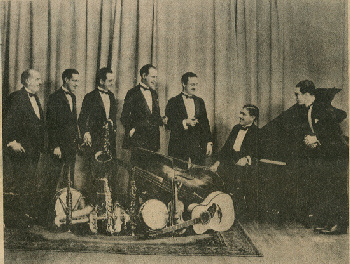
The earliest photo of Lucas with the Galiano is from around 1920, with the Vernon Country Club Orchestra. The band is lined up to the left of the piano, with all of their instruments laying on the ground in front of them, the most prominent being the big Galiano, which stands out like a beacon. Nick is on the right hand side, leaning on the piano. In another photo from 1922, with the Don Parker Trio, Nick poses with his banjo, which he played on all the trio’s records, while the Galiano leans on the piano. In other undated photos, the guitar features much more prominently, in Nick’s lap, with him making a C7 chord.

I have long marveled at the photos of Nick Lucas with his Galiano. Over the years I’ve owned a few Galianos that had some similar elements to his guitar, and I’ve worked on several more. I’ve made notes and drawings and templates of those various features and have waited for the opportunity to make a copy of the guitar. That opportunity finally came, and I was very excited to dig into it.
I gathered up all of my notes and all of the various photos of the guitar. I scaled out the guitar from on the different photos and picked out all of the various elements that each photo highlighted. I had to make all of the purflings, rosettes and backstrips based on guitars in my collection. I hand cut all of the inlays, based on drawings I’ve made of other guitars that have come through the shop. I even made a custom case for the guitar.
I combined all of these various pieces to make what is the closest copy to Nick Lucas’ Galiano that I am able to make at this point in my life. Maybe someday the original will show up and I can see how close or far off I came. Nobody would like that more than me.
A very special thank you to John Maniaci for his wonderful photos. To Gary Selufsky for helping with pieces of the puzzle, and to Loren Tilley. If you’d like to learn more about Nick Lucas, I highly recommend the book “The Rise of the Crooners” as well as the very informative website nicklucas.com.
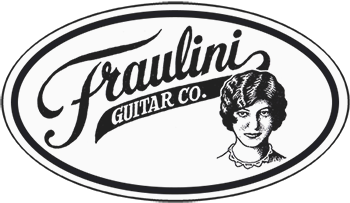

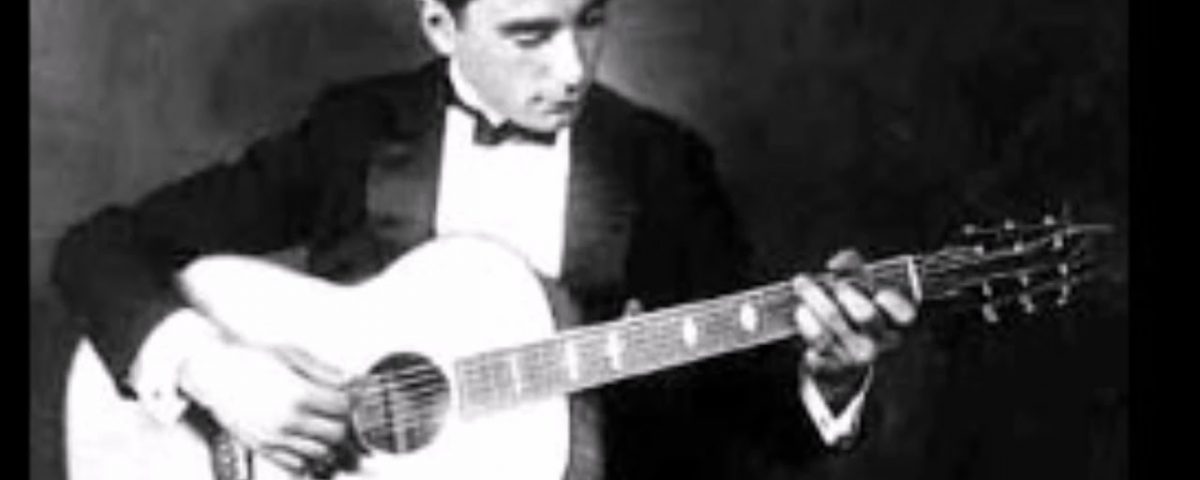
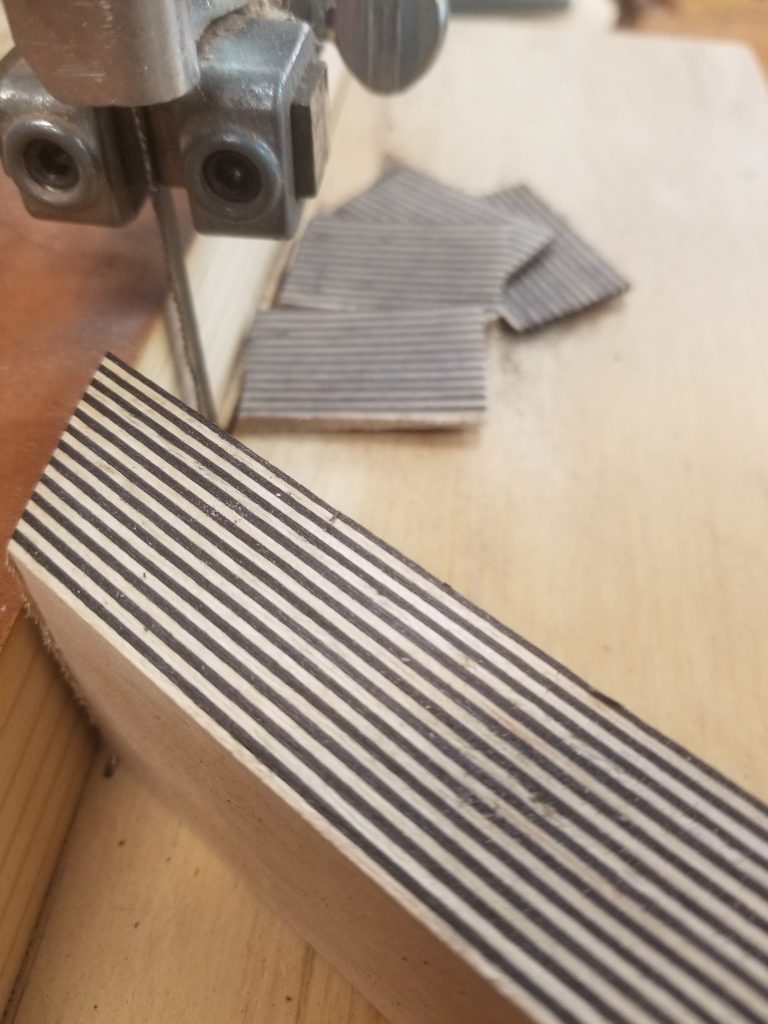
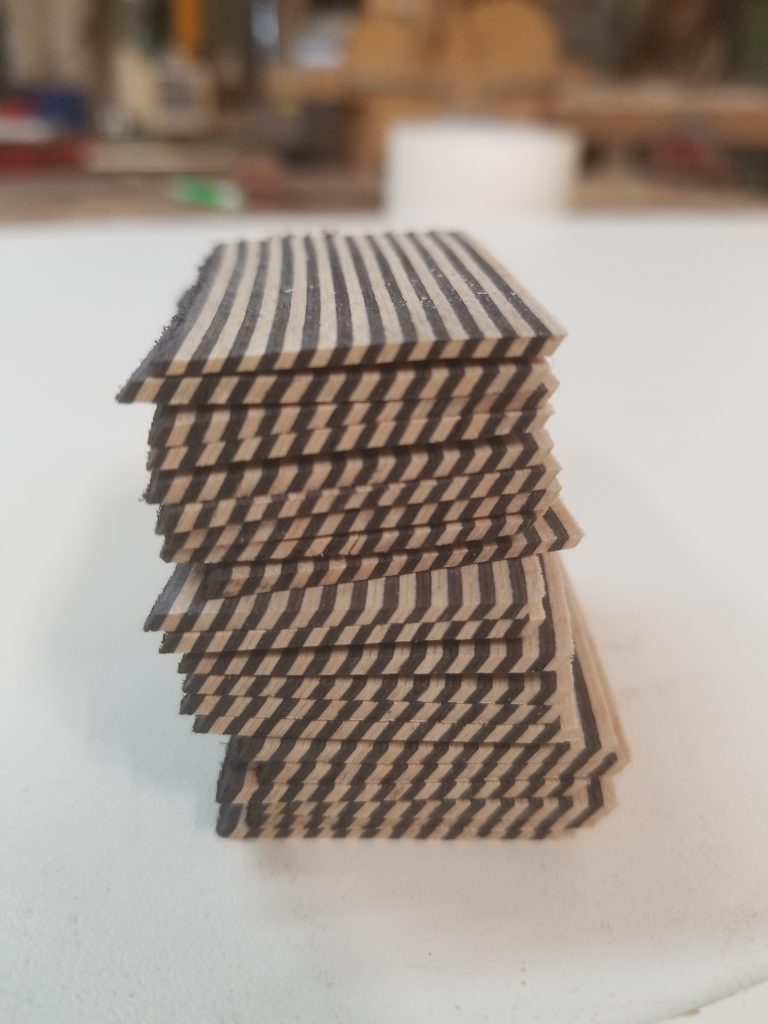
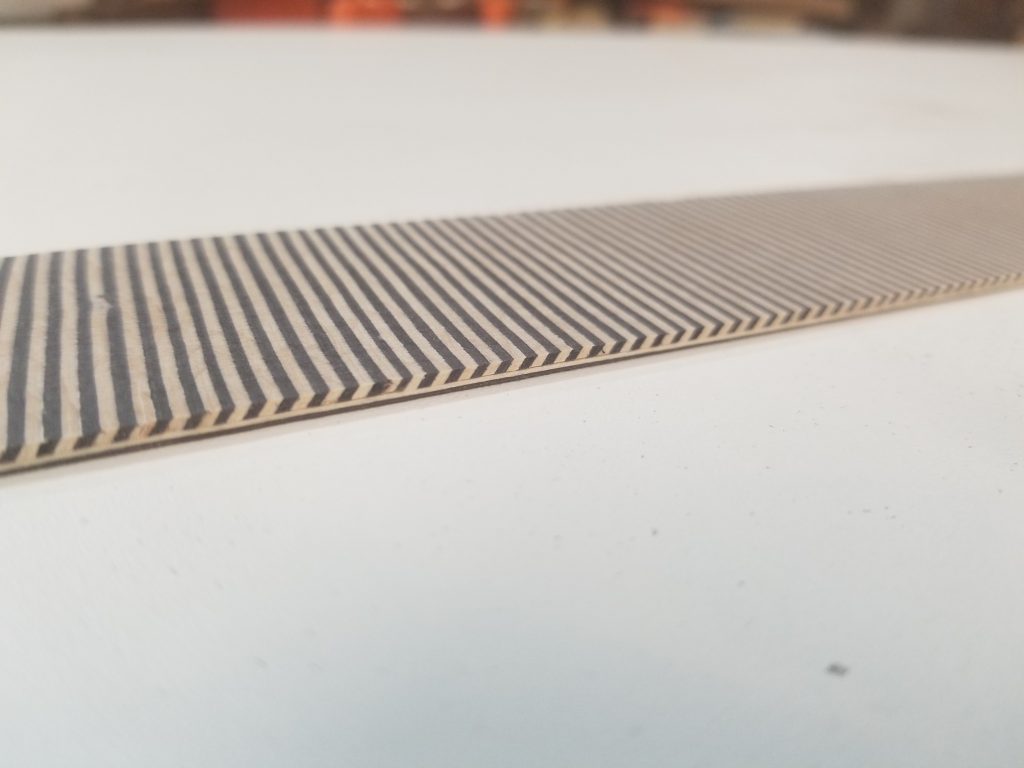
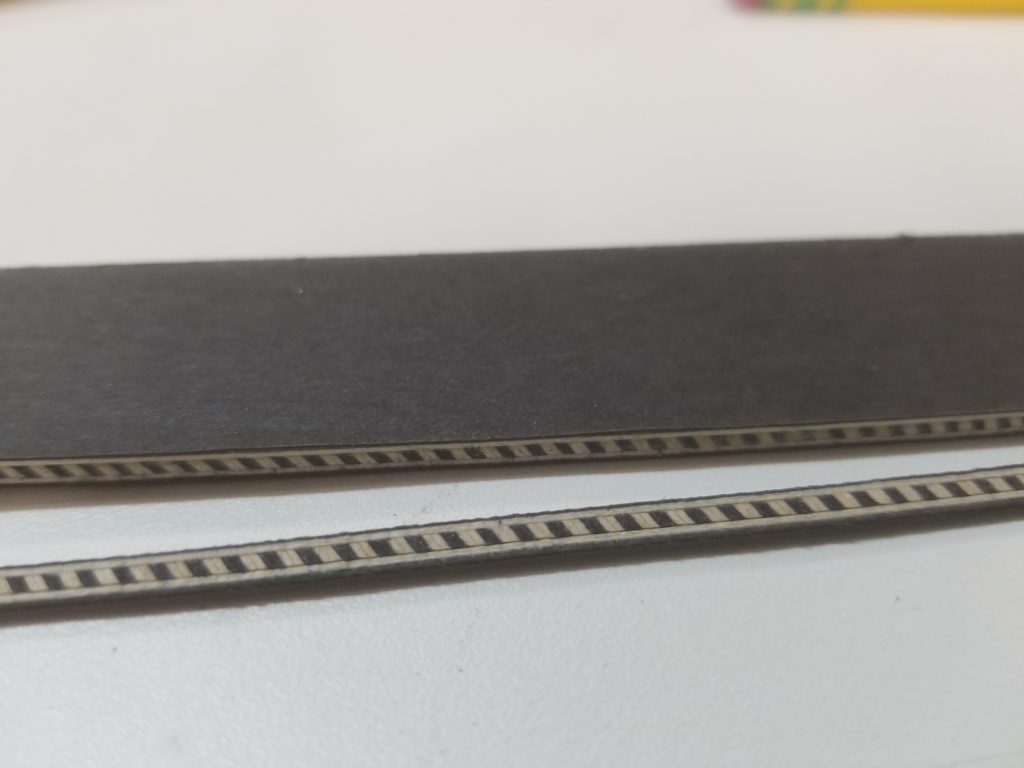
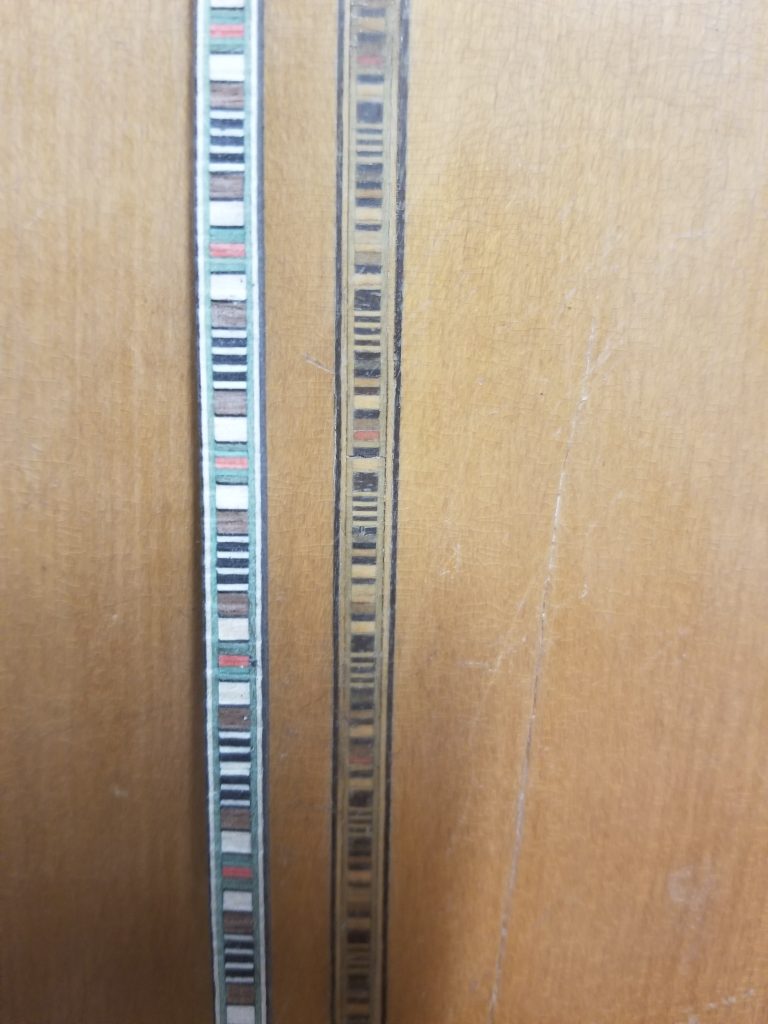
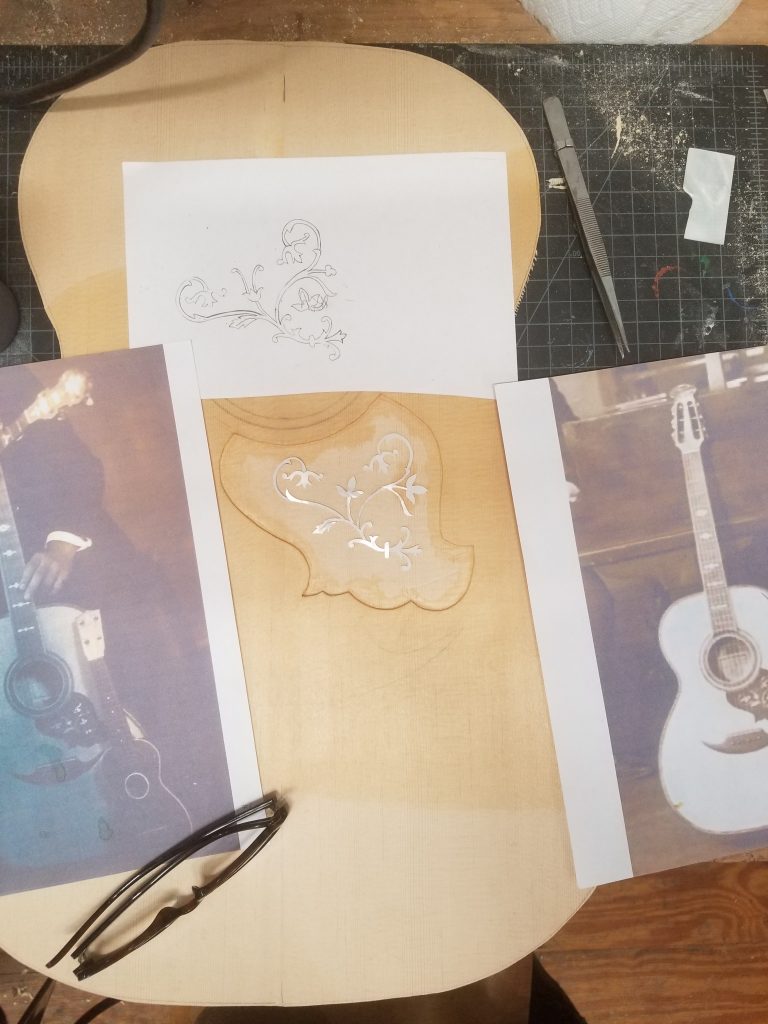
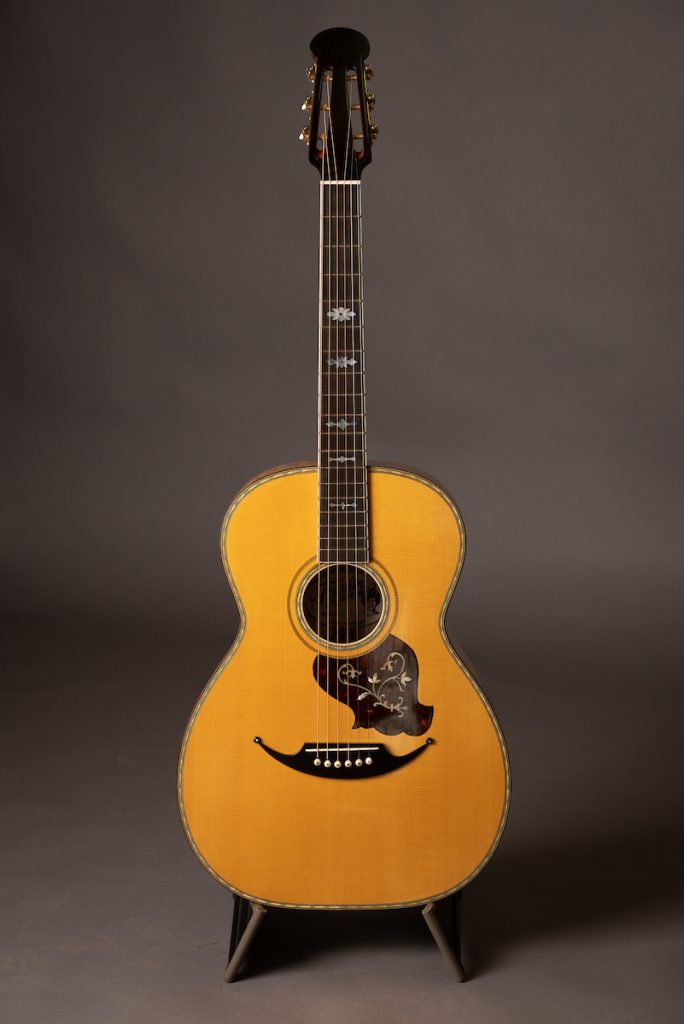
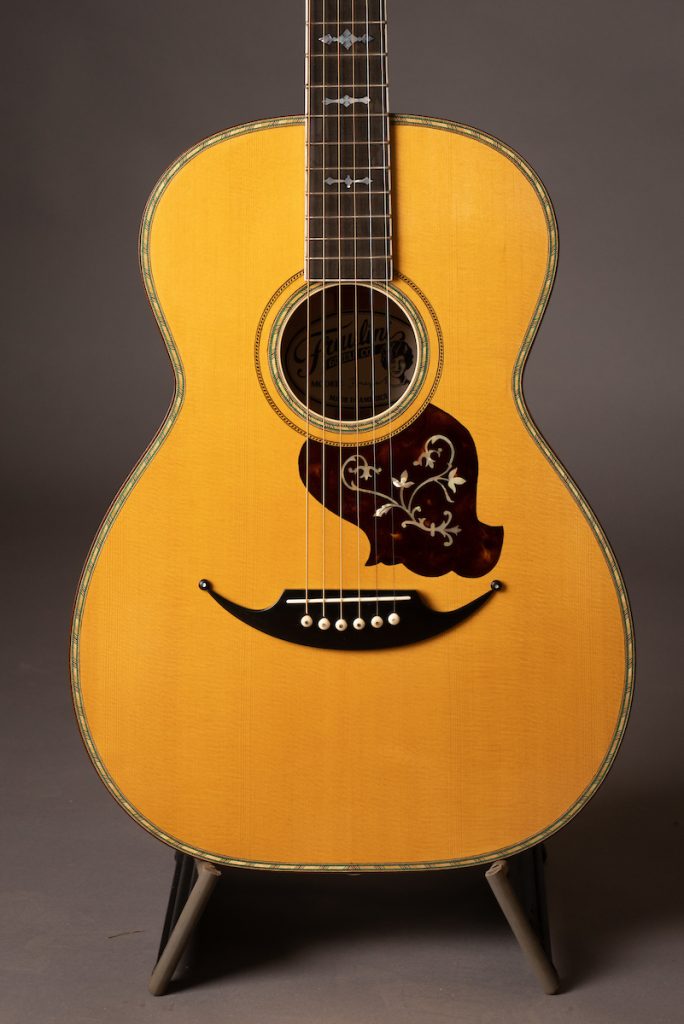
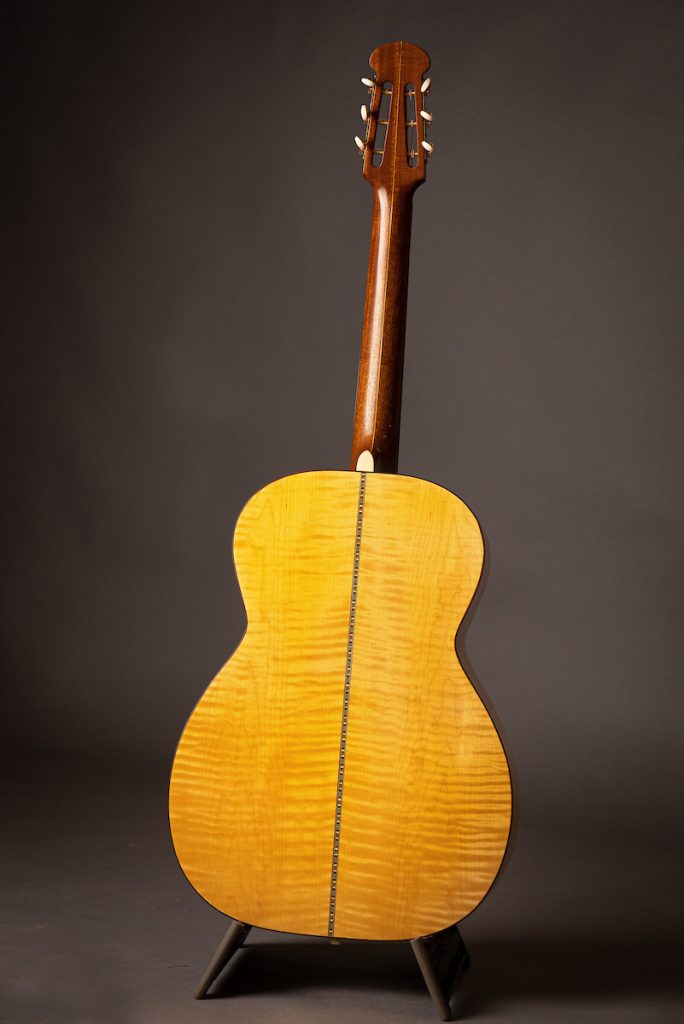
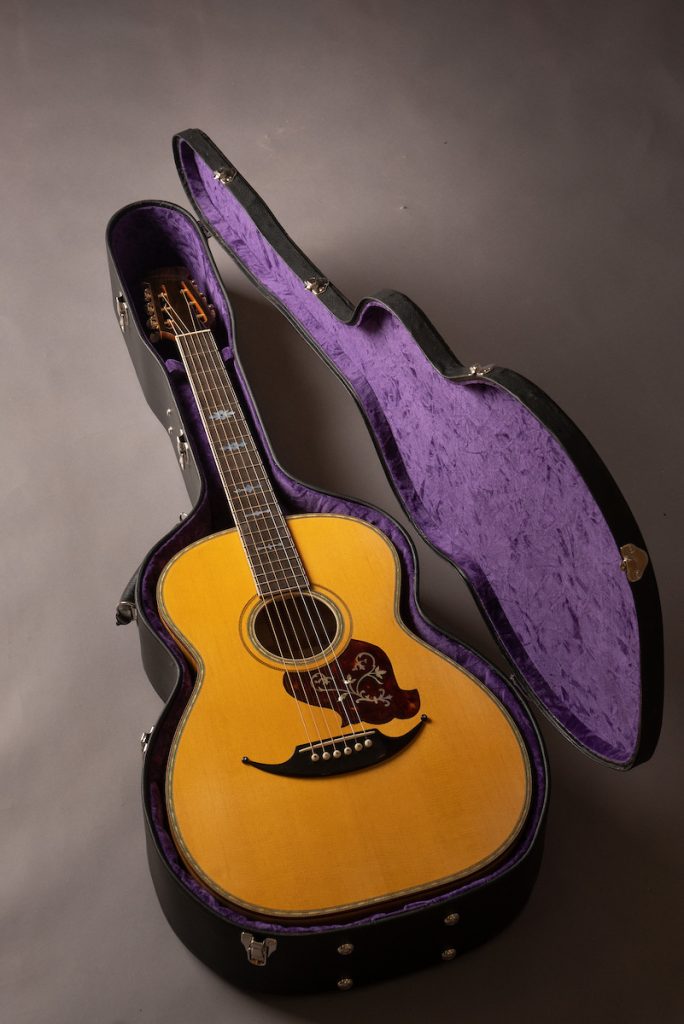
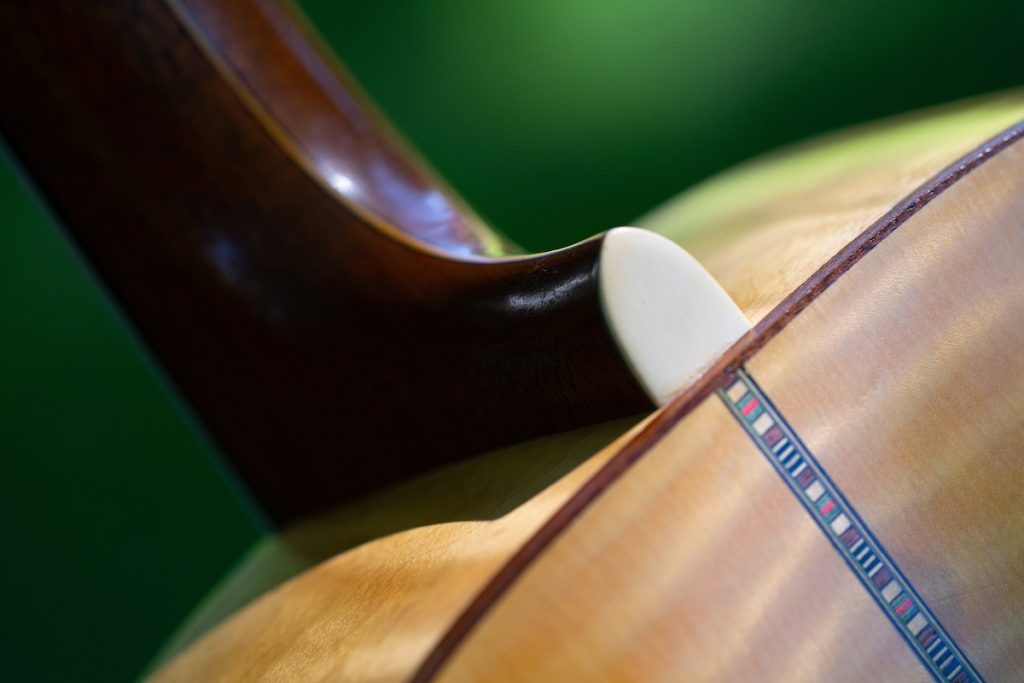


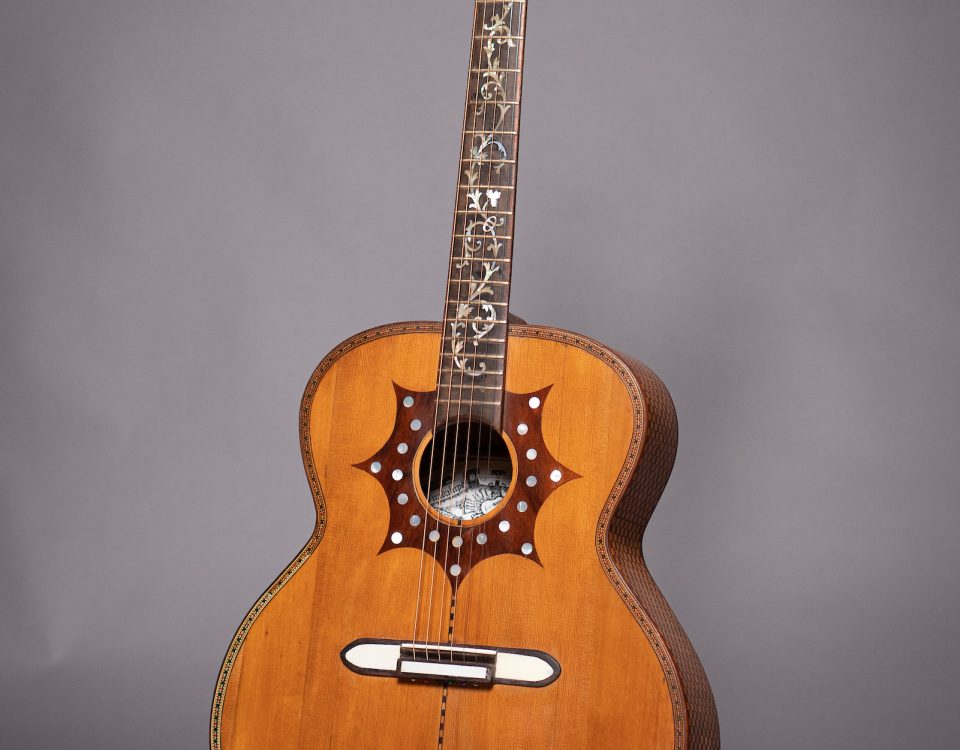
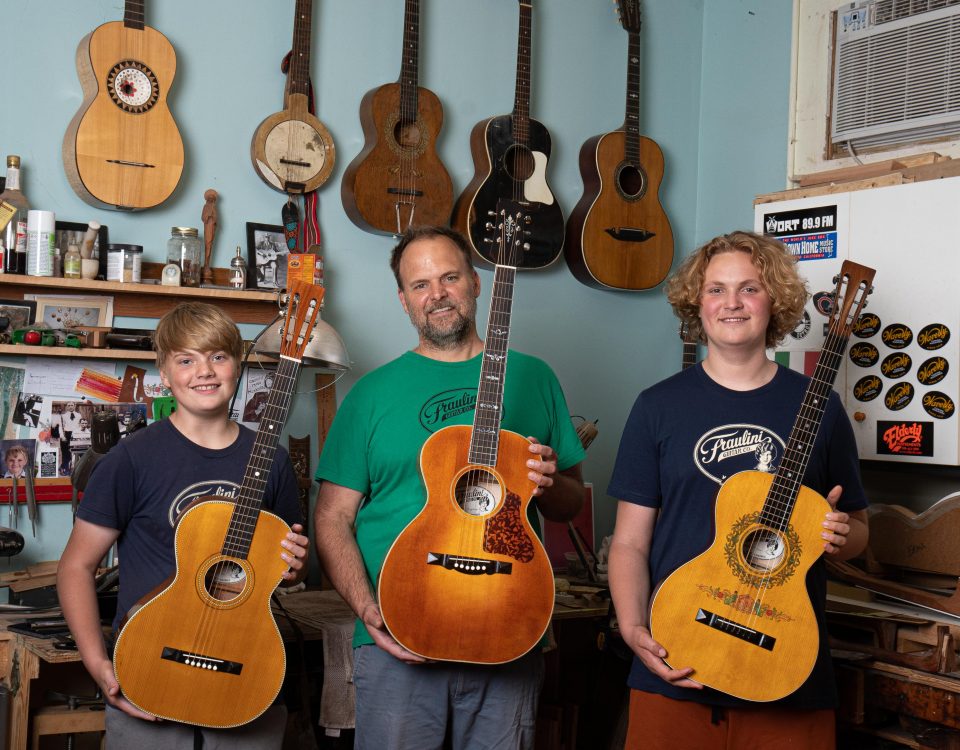
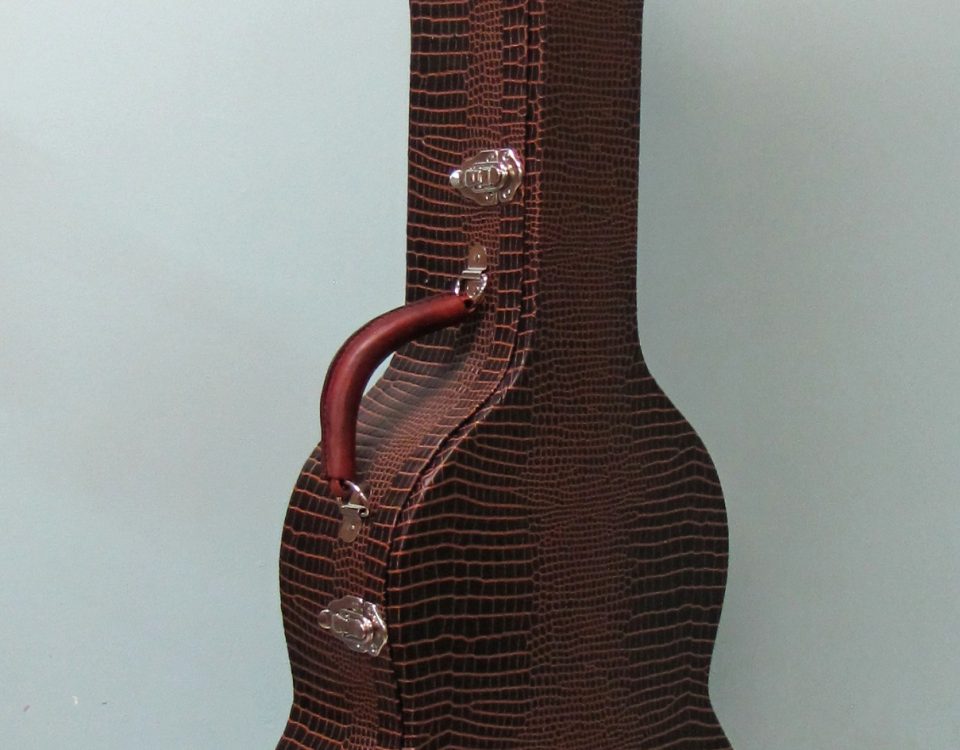


5 Comments
Todd, You certainly have made a knockout instrument — an absolutely beautiful guitar and magnificent craftsmanship on your part. I’m curious to know — how deep is the body? Thanks for posting. BTW, unless Lucas recorded with two Don-led trios, the “Don Powers trio” you mention is a typo for the “Don Parker Trio” that recorded for Pathe and Edison (and maybe other labels?). I hope you and yours are all safe and healthy and stay that way. Best, Rob Fleder
Hi Rob, Thank you for your remarks on the guitar. For the depth, I was unable to get a good measurement based on existing photos. The old Galianos I’ve seen don’t have a standard depth, so I went with an average, and something that felt right for the gutiar. I think it was around 4 1/2″ deep.
You are correct about the Don Parker Trio, a case of my head mixing up names. I will make the necessary changes. On another note, I’m trying to find out how many copies Teasing the Frets/Picking the Guitar sold. Any idea on where to get those statistics?
Hi Todd – What a stunning piece of work! (And the guitar ain’t bad, either. Have you posted any clips of it’s sound? I’d be interested to hear the relationship between the longer scale and medium (compared to modern guitars) sized- body. And it’s ladder-braced, I’d guess?
Have you posted any clips of it’s sound? I’d be interested to hear the relationship between the longer scale and medium (compared to modern guitars) sized- body. And it’s ladder-braced, I’d guess?
Thanks for letting us see this. Nice job!
Best,
Chuck Bickford
Hey Chuck, Thanks. It was a fun and challenging project, working off the photos and the old Galianos to figure out the details. I didn’t make any clips with the guitar. I’m a blues player and didn’t think that my playing would do the guitar justice, and neither would playing backup to Italian tunes. The customer is a jazz player, so hopefully he’ll post something eventually.
I’m working on it!